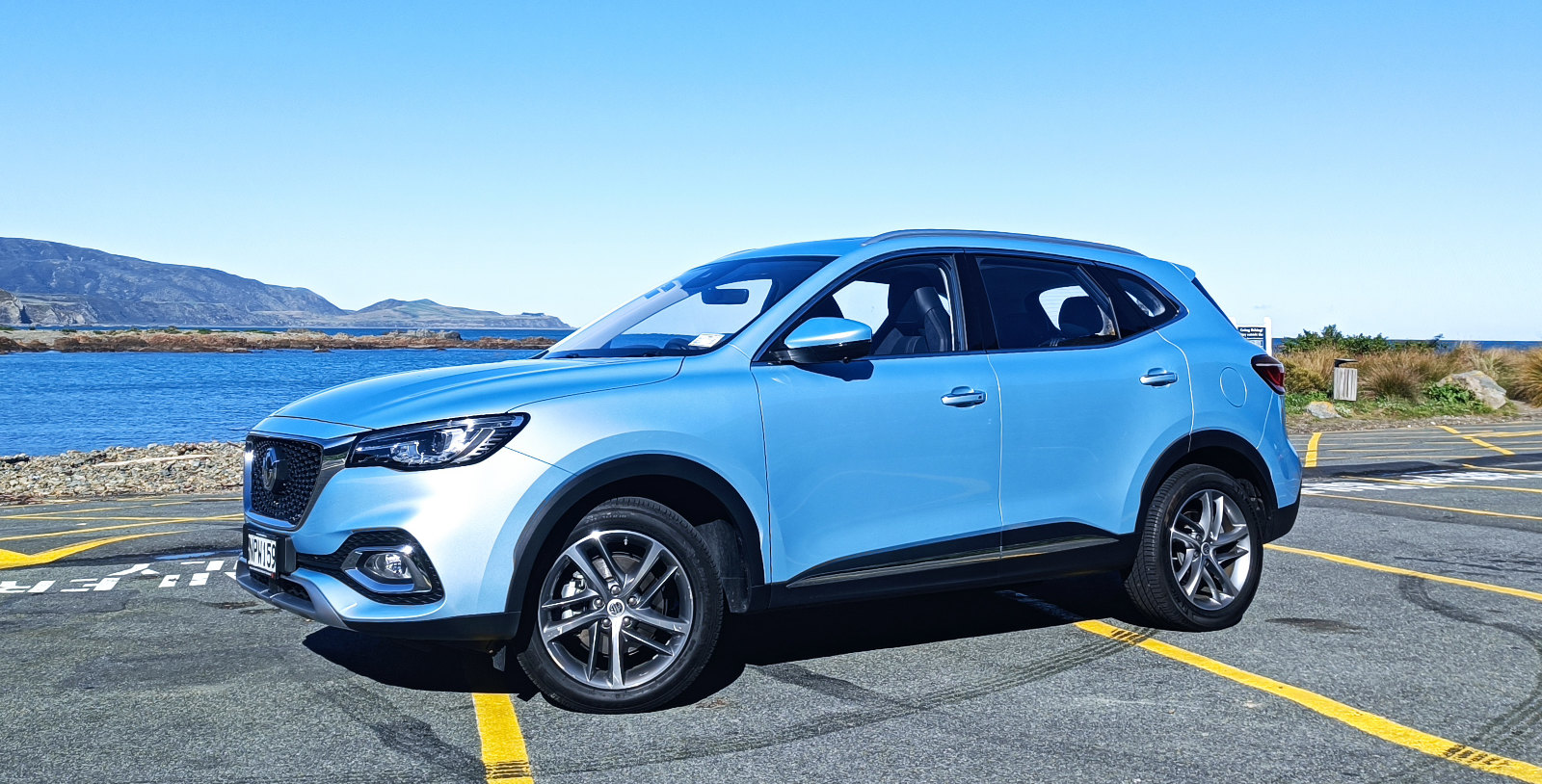
LIVING Not ready to go full EV? MG’s plug-in hybrid, the HS Plus EV, is a very convincing C-segment crossover that blends the best of both worlds, writes Jack Yan
Photographed by the author
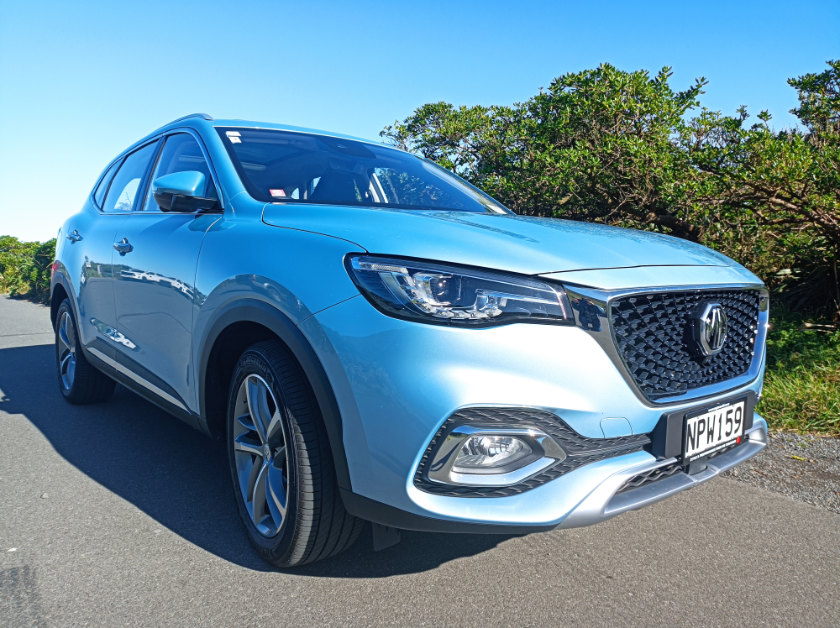
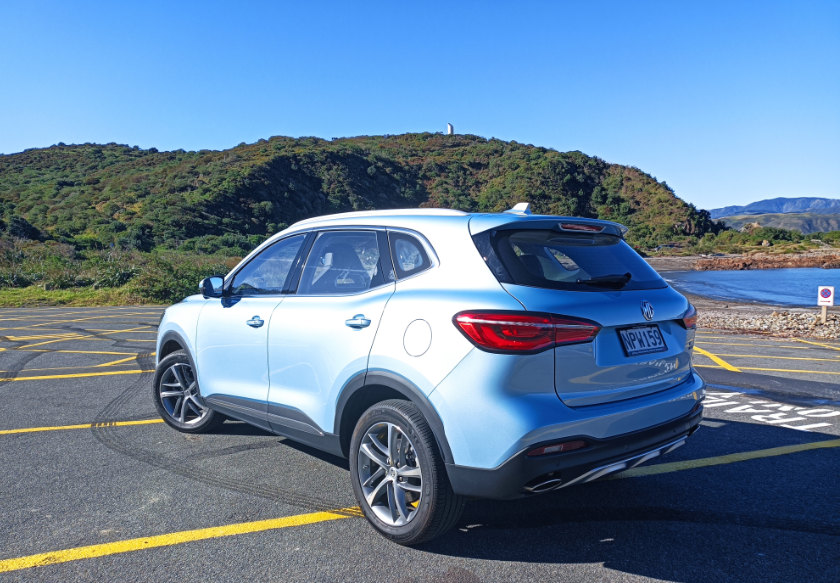
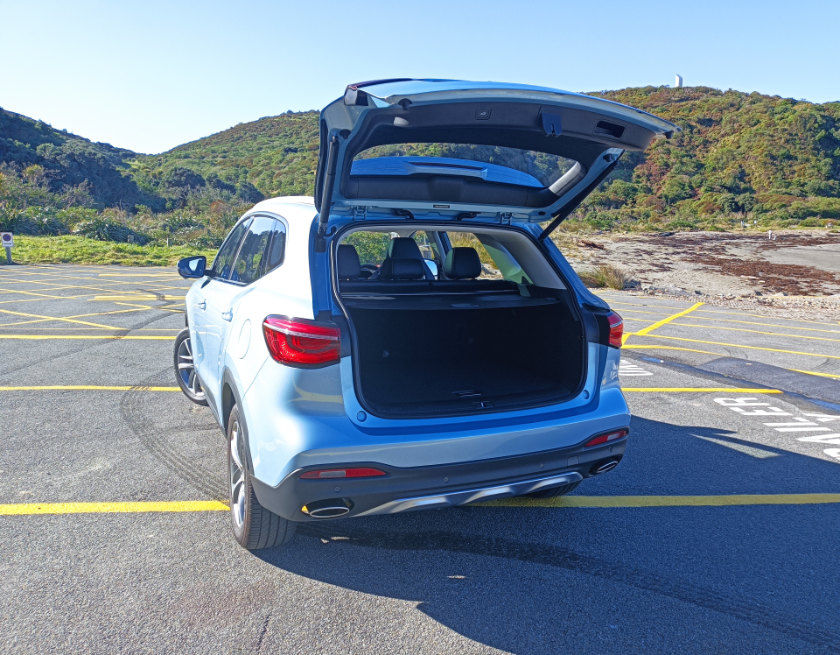
When returning the 2021 MG ZS EV (the previous model—the new one will be reviewed shortly) to the dealer, I was naturally asked what I thought. It had good and bad points, as we said in August 2021, but my attention was taken by the HS PHEV (or, to give its official name, the HS Plus EV) sitting on the forecourt.
So of course it was a pleasure to sample the HS PHEV in 2022, after returning MG’s base model in our last road test, the 3 Core. Instantly, I felt a sense of relief. The latest 3 feels built to a price (you can read our review here), so with that restriction gone (though the HS PHEV does present outstanding value), we got to sample what MG is capable of delivering this decade.
As we’re now firmly in the C-segment—think Nissan Qashqai, Hyundai Tucson and Volkswagen Tiguan—the styling is so much better resolved than with the ZS, which looks perched atop its platform. The design itself dates from 2018 in China, but in four years it has aged very well, with a flowing high waistline conveying a sense of sportiness. If we aren’t going to see the return of an MG sports in the traditional sense, a crossover that looks more flowing than the competition is more than welcome.
Styling is very subjective, of course. There will be buyers out there who want the avant-garde and would be drawn to the Kia Sportage or the Tucson—the C-segment crossover space has had more attention than most and companies are renewing their models there more quickly than you might expect. (Haval has even dropped to a three-year model cycle here.) Here we have something slightly more traditional, and we feel it’s fresher than what anyone in the Volkswagen Group (Tiguan, Audi A5, SEAT Ateca) can muster.
It’s well built and there were no blemishes on our test car, finished in the Clipper Blue of the ZS we had last year. The colour, exclusive to the electrified HS, works, and it gives off a sense of calm—one to match the ride.
This isn’t a full EV—it’s a plug-in hybrid where the 16·6 kWh electric battery provides 52 km of range (WLTP), complemented by a punchy 1·5-litre turbo petrol engine developing 162 PS. Combined, they take us to a respectable total of 258 PS.
It felt wiser to let the car figure out how to divide petrol and electric motoring. With suburban driving, there was a bias toward electric, and we spotted over 90 mpg (Imperial) (3·14 ℓ/100 km), though the minute we hit the motorway—and the steep gradients of Transmission Gully in Wellington—that figure instantly dropped to the 40s (7·1 ℓ/100 km). For a car with a kerb weight of 1,775 kg, that’s still respectable—it’s a figure I would expect from a C-segment hatchback—and the 37-litre fuel tank is more than fine for everyday motoring given the electrical assistance.
Whereas the previous ZS had light steering, MG has weighted the HS’s more, making it far more responsive and enjoyable to drive, but not at the expense of ride. The set-up is the Chinese norm for a more premium car: MacPherson struts up front and multi-link down the rear, with stabilizer bars. Few crossovers are genuine driver’s cars, and the PHEV is front-wheel drive only, but it felt quite sure-footed and should appeal across the board more than its smaller brother.
The HS’s interior is far more pleasing that the lesser models’, too. Supportive leather seats with red stitching, customizable mood lighting to complement or contrast that to your heart’s content, and a full panoramic sunroof above all make for an excellent, comfortable cabin. Little touches like the circular chromed air vents and the chrome trim around the instrument panel and central air vents make it feel more upmarket. The steering wheel is nice to grip with easy-to-operate controls; the cruise control is one of the better systems we’ve used.
continued below
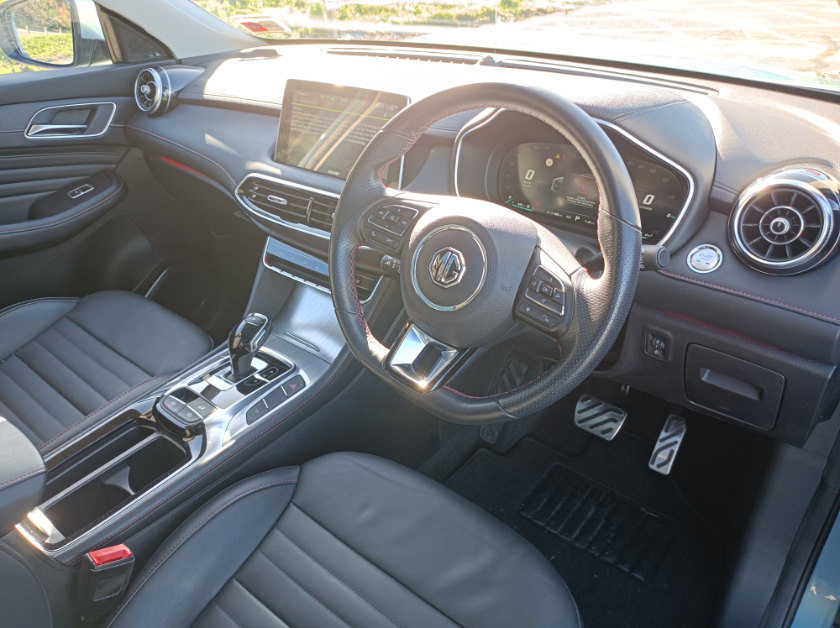
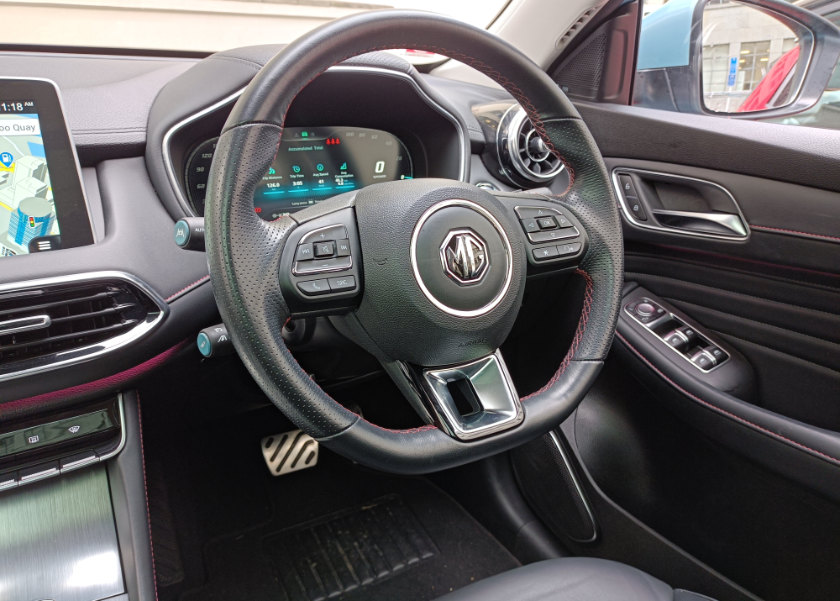
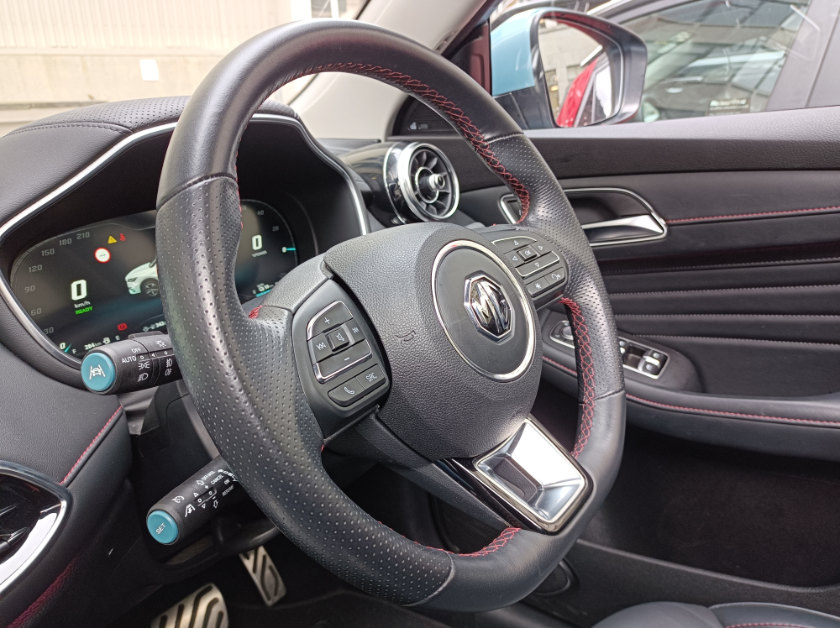
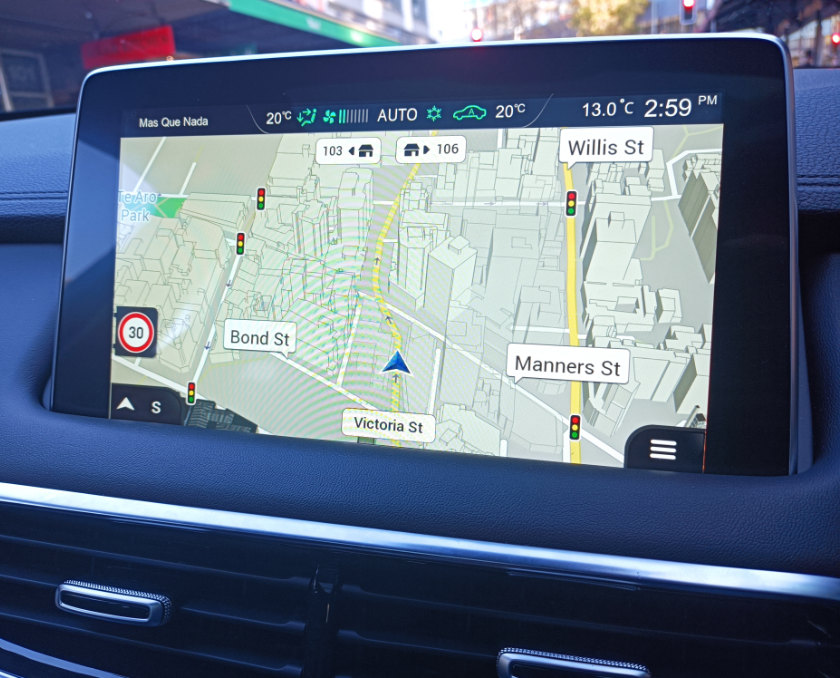
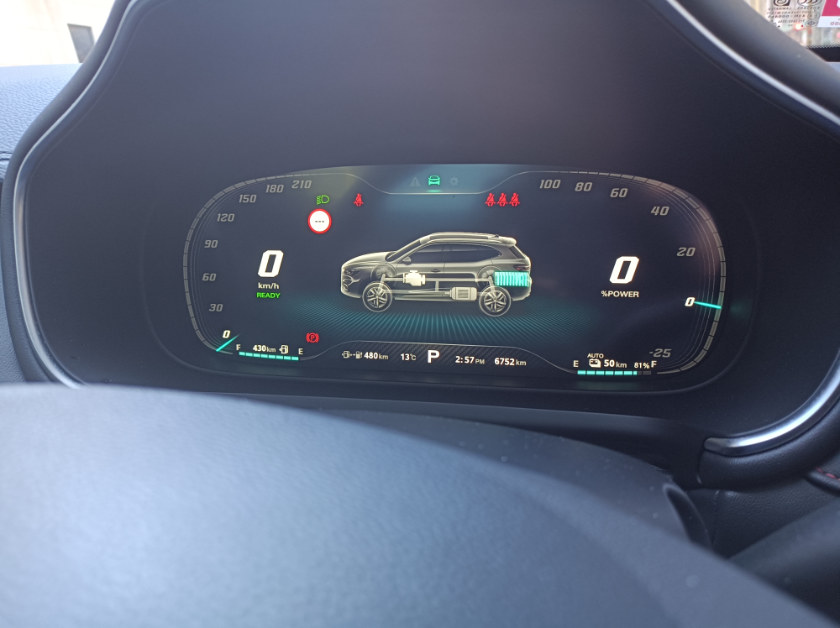
Unlock the car at night and the MG octagon shines from beneath the car on to the ground, so you are in no doubt what brand you are driving—it’s a sign of newfound confidence at the SAIC-owned, UK-founded brand.
The infotainment unit was a step up from what we had sampled before, though there were still some elements to the graphics that suggested not everything had been changed from the OEM defaults. But the centre screen’s resolution and brightness were fine, and did a decent job of displaying the 3D imagery of the HS when parking and departing.
If we had to fault any display in a big way, it would be the large digits in the main dashboard, where the 7 isn’t as angled as it could be, making it look a lot like a 1. You may be doing 57 km/h when you really want to be doing 51 km/h.
Our other bugbear from behind the wheel was that you had to be very mindful to make sure your finger was on the button on the gearshift. We couldn’t quite do it with a light touch, and got caught out a few times when attempting to park the car.
With the petrol engine, the HS gets off the mark quickly and it feels easier to control. You do have to plug in the car for the battery, and there is no fast-charging option, so don’t expect to be able to grab some juice from all charging stations at supermarkets.
We first thought that the HS PHEV would be around the NZ$60,000 mark, so we were astonished to find that prices begin at NZ$51,990. The Essence, which we tested, begins at NZ$55,990. It’s not a big jump from the ZS EV—though we realize it’s not a pure EV. It compares more than favourably with Mitsubishi’s recently renewed Outlander (NZ$60,990). The world’s number four, Ford, still competes in this segment as it retreats from others, with its Escape PHEV at the same price as the Outlander. Kia is yet to announce pricing for its Sportage PHEV but it will find favour with the avant-gardists who want the tech more than driver appeal.
Once again, MG comes in at a value price, and undercuts comparable rivals. Having firmly re-established itself since its return with the 6 at the beginning of the 2010s, buyers are finding the storied brand more familiar again.
For those who aren’t ready to make the leap into EV motoring in full, then the MG HS PHEV does deliver the best of both worlds. By the end of our test, the HS had done 46·1 mpg (6·13 ℓ/100 km) and 5·2 kWh/100 km. They’re respectable figures overall, and achieved with a style that should put the HS PHEV very high up on any C-segment crossover shopping list. •
Jack Yan is founder and publisher of Lucire.
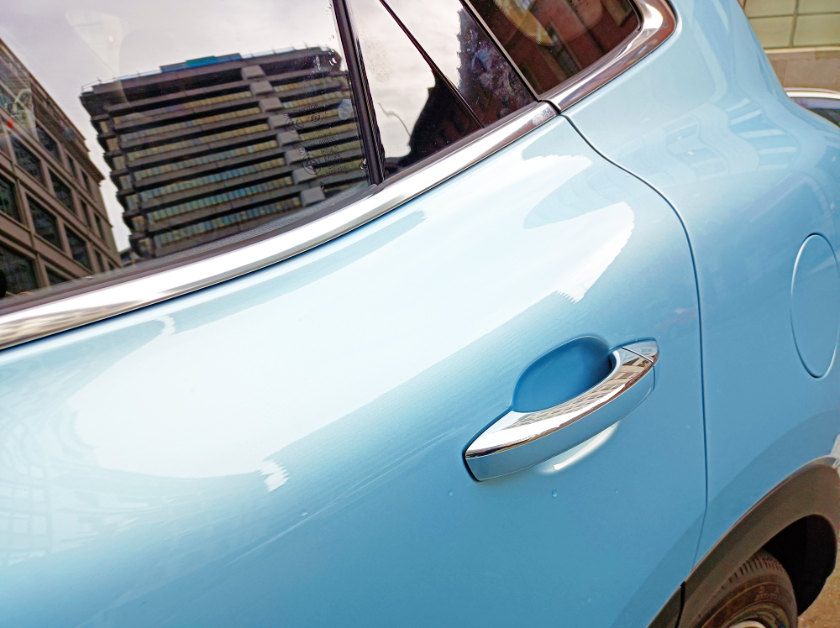
Related articles hand-picked by our editors
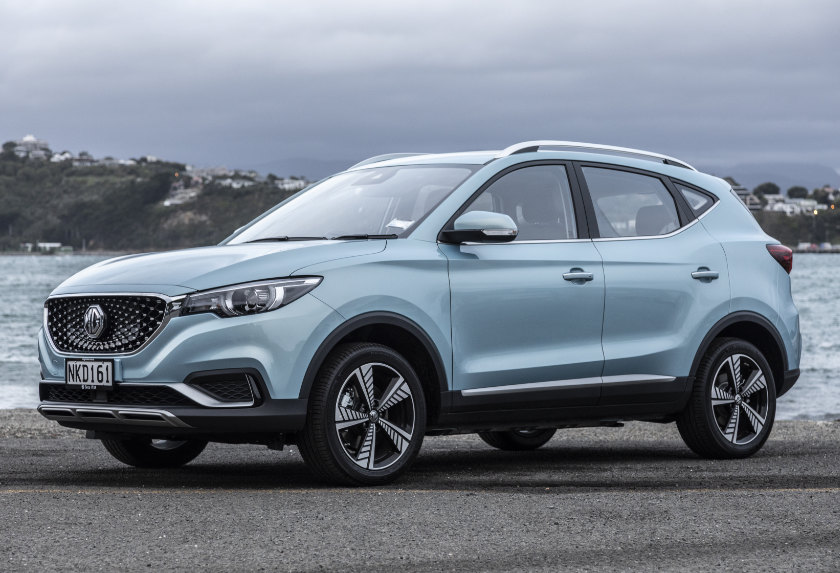
Getting on the electric ladder
New Zealand’s best priced electric car is MG’s ZS EV. Is it a sensible way to get into emissions-free motoring? Jack Yan finds out
Photographed by Stuart Cowley
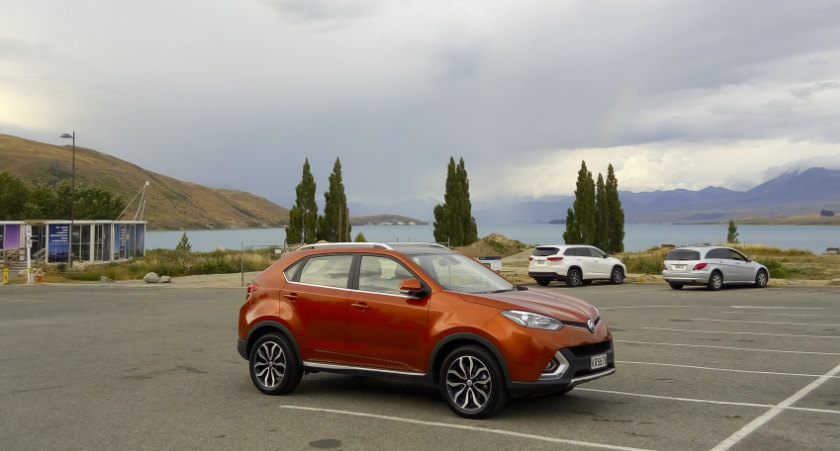
Unexpected journeys
MG’s new SUV, the GS, proved the perfect companion as Jack Yan and Amanda Satterthwaite head to Otago and Southland, with an unexpected detour early in their trip
Photographed by the authors
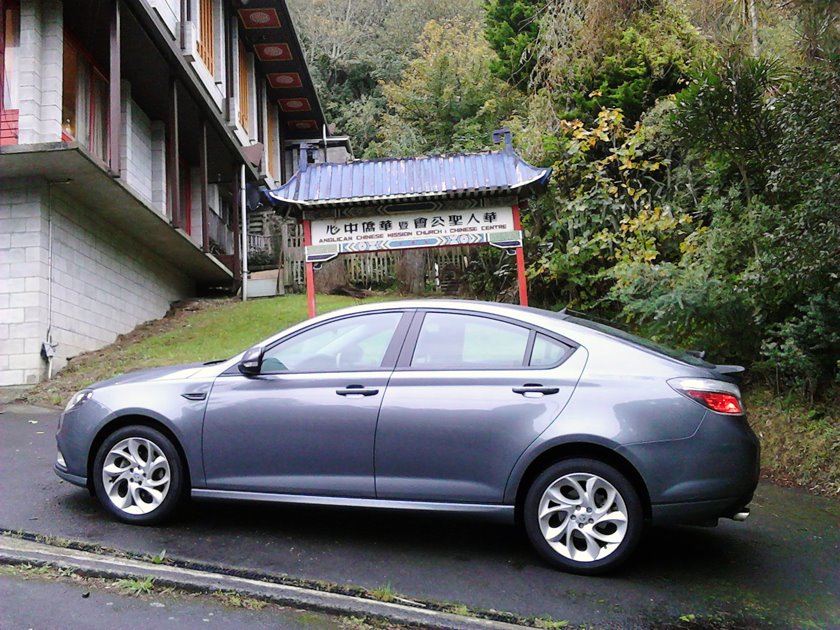
Shanghai knights
Jack Yan has some concerns with the MG 6, the first Chinese-made car tested by this magazine, but has high praise for the follow-up, the small MG 3—which shows just how rapidly China is becoming a car-making force
Photographed by the author